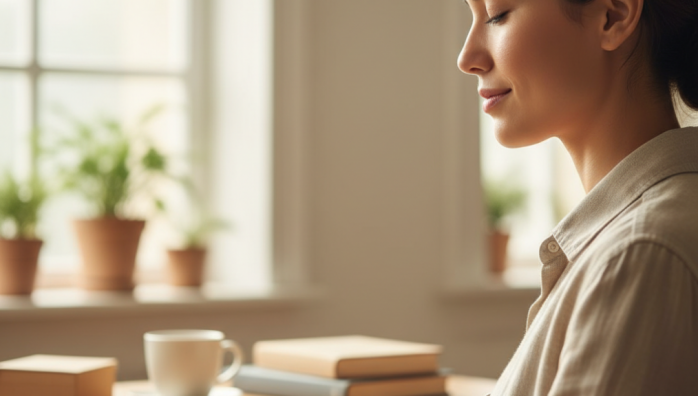Creating a Distraction-Free Workspace
by admin in Productivity & Tools 32 - Last Update November 25, 2025

I used to think \'multitasking\' was a superpower. I\'d have a dozen tabs open, notifications pinging, and a desk that looked like a paper storm had hit it. I felt busy, but at the end of the day, my progress felt hollow. The big realization for me wasn\'t that I needed more discipline, but that my environment was actively working against me. Creating a distraction-free workspace wasn\'t just about tidying up; it was a complete overhaul of how I approached my work, both physically and digitally.
The physical reset: more than just tidying up
My first step was the desk. I used to subscribe to the \'organized chaos\' theory, but honestly, it was just chaos. I took everything off my desk, and I mean everything. Now, I follow a simple rule: if it doesn\'t have an immediate purpose for the task at hand, it doesn\'t belong on my desk. My laptop, a single notebook, and a pen. That\'s it. It felt radical at first, but the mental clarity it provided was instantaneous. I also invested in better lighting. I never realized how much a dim, poorly lit room was straining my eyes and my focus until I switched to a bright, natural-light lamp. It was a small change with a massive impact on my energy levels.
Defining your zone
If you work from home, creating a psychological boundary is critical. For a long time, my \'office\' was just my laptop on the dining table. The breakthrough came when I dedicated a small corner of a room solely to work. Even if it\'s not a separate room, using a rug, a screen, or even specific \'work-only\' lighting helps signal to your brain that this space is for focus. At the end of the day, I pack my laptop away. This simple ritual of \'closing the office\' has been crucial for my work-life balance.
Taming the digital beast: my notification nightmare
This was the hardest part for me. The little red notification bubbles were like a siren\'s call. I started by turning off all non-essential notifications on my phone and computer. No social media, no news alerts, no email pop-ups. It was uncomfortable for the first few days; I had a genuine fear of missing out. But then, something amazing happened. Silence. I could actually think in complete sentences without being interrupted. I now schedule specific \'check-in\' times. I\'ll check my email and team messages three times a day: morning, noon, and before I log off. Everyone knows they\'ll get a response, just not instantly. And honestly, nothing has ever been so urgent that it couldn\'t wait an hour or two.
Curating your digital tools
My browser used to be a mess of bookmarks and extensions I never used. I did a digital declutter, removing anything that wasn\'t essential. I now use a separate browser profile for work and personal life. This small separation prevents me from drifting onto shopping or news websites when I should be focused on a report. It\'s about creating intentional friction to make distractions harder to access.
The final piece: the mental workspace
After decluttering my physical and digital worlds, I realized there was one space left: my mind. Before starting any deep work session, I do a \'brain dump.\' I take two minutes to write down everything that\'s on my mind—errands, worries, random ideas. Getting them out of my head and onto paper frees up an incredible amount of mental bandwidth. It acknowledges the thought without letting it derail my focus. This, combined with a clear environment, has become my recipe for sustained, deep work. It’s an ongoing practice, not a one-time fix, but it\'s the most powerful productivity system I\'ve ever built.














